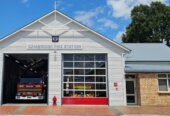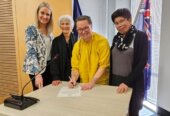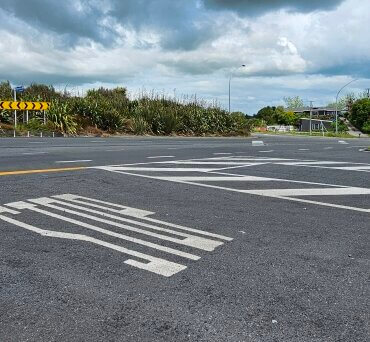
Newcombe Rd – Tirau Rd intersection, Cambridge.
Taupō MP Louise Upston has met Transport Minister Chris Bishop to advocate for the construction of on-off ramps at the southern end of the Waikato Expressway.
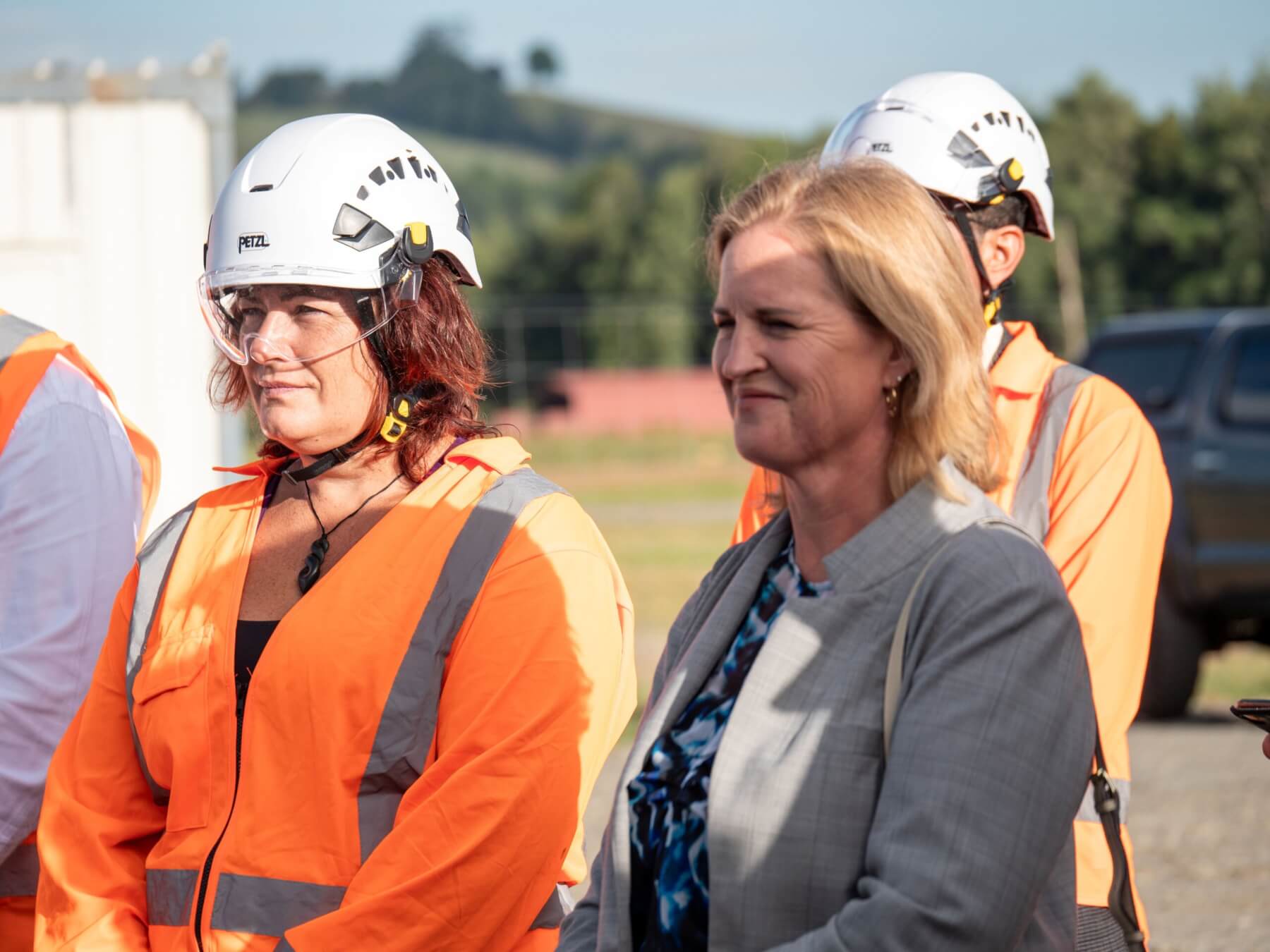
Taupō MP Louise Upston, right, with NZTA’s Jo Wilton at the turning of the sod ceremony for the Piarere roundabout last year. Photo: Mary Anne Gill
She cited growing concerns from the Cambridge community.
At a recent meeting with the Cambridge Chamber of Commerce, Waipā mayor Susan O’Regan, and other stakeholders, Upston requested written information to support the case.
She said new data – particularly the increase in heavy vehicle movements – showed a clear need for improved access, given how much has changed since the expressway was originally designed.
Applications for new quarries on both the eastern and western sides of the expressway, along with increased truck traffic via Te Awamutu, have added pressure to the network. Truck drivers use a temporary turnaround at Hydro Road, which requires them to travel south before looping back north. It is regarded as an inefficient and challenging route.
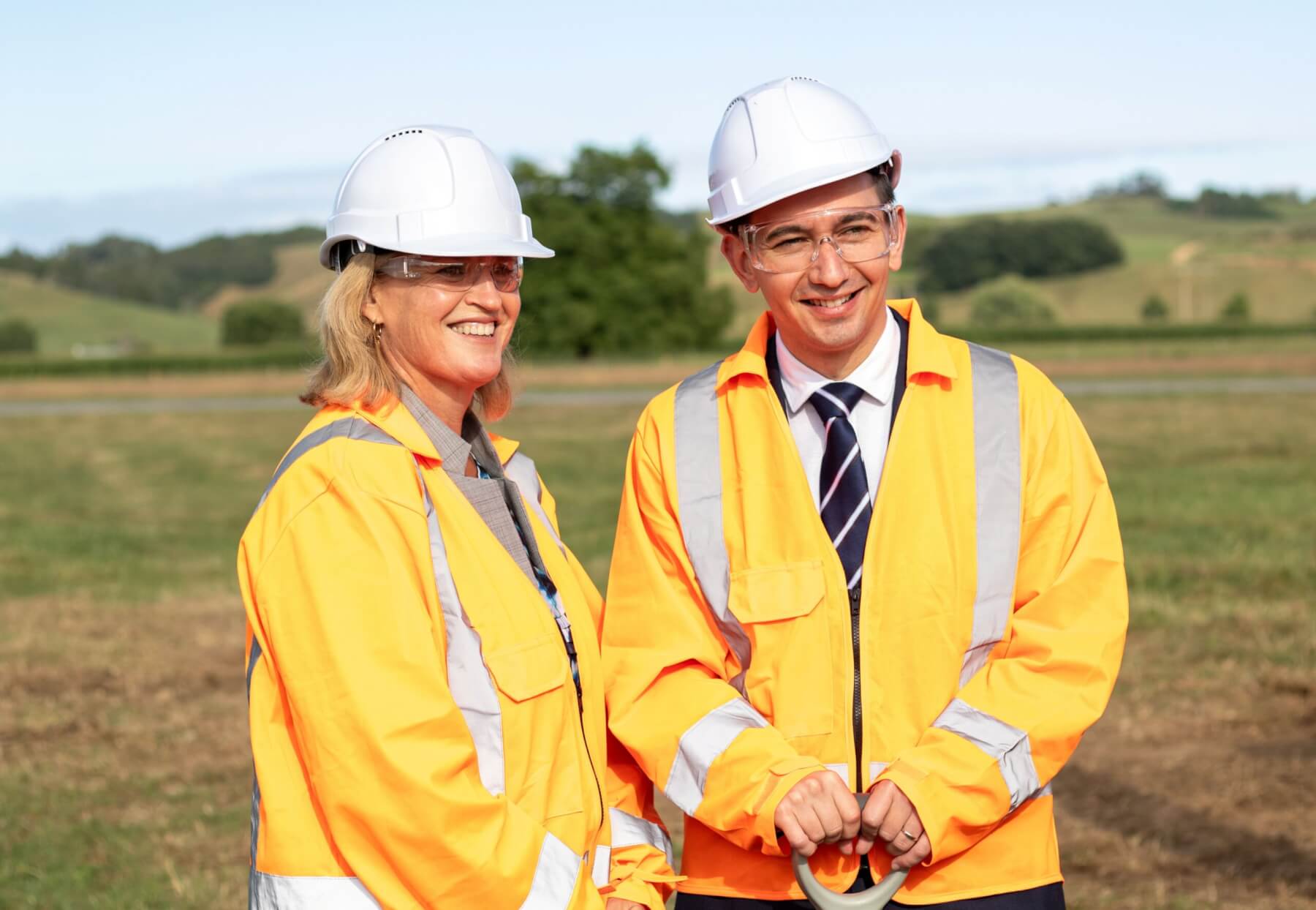
Taupō MP Louise Upson, left, with then Transport Minister Simeon Brown at the turning of the sod ceremony for the Piarere roundabout last year is being asked to reconsider calls for on off ramps south of Cambridge. Photo: Mary Anne Gill
Four-laning of the Cambridge-Piarere section of State Highway 1, which has been fast-tracked by the coalition government, is at the designation stage and will soon move into the design phase.
“No one wants that road to be delayed,” said Upston, who acknowledge there was only a small window of opportunity to include the ramps in the project.
New Zealand Transport Authority (NZTA) has always opposed the ramps, arguing that most of the traffic would be local and that expressways are not intended for local access.
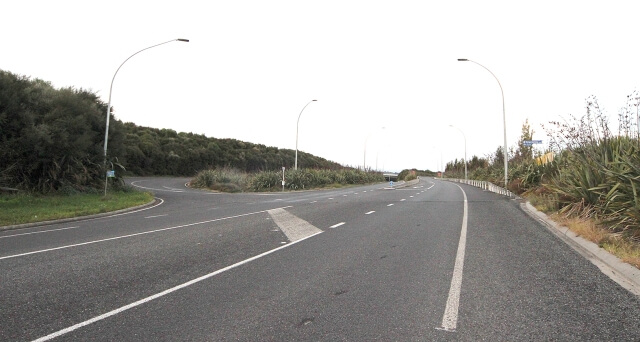
Tirau Road off ramp goes south.
O’Regan expressed concern that NZTA’s current planning risks missing a critical opportunity.
“Without north-facing ramps, heavy vehicle traffic will be forced to travel through Cambridge, increasing congestion, compromising safety, and further reducing the amenity of the town,” she said.
NZTA has also cited the steep terrain of the Karāpiro gully as a significant engineering challenge for constructing the ramps.
Upston said Bishop was aware of the rapid growth Cambridge is experiencing. She also briefed him on progress toward a third bridge crossing over the Waikato River.
Waipā’s Cambridge Connections project is investigating long-term transport solutions for the area.
“It’s about growth of the district and therefore growth in traffic movement and we’re not just talking local traffic,” said Upston.
O’Regan said Victoria Road now carried traffic volumes comparable to when it was part of State Highway 1.
Those levels were considered unmanageable for Cambridge, and it prompted the decision to construct the expressway nearly 20 years ago.
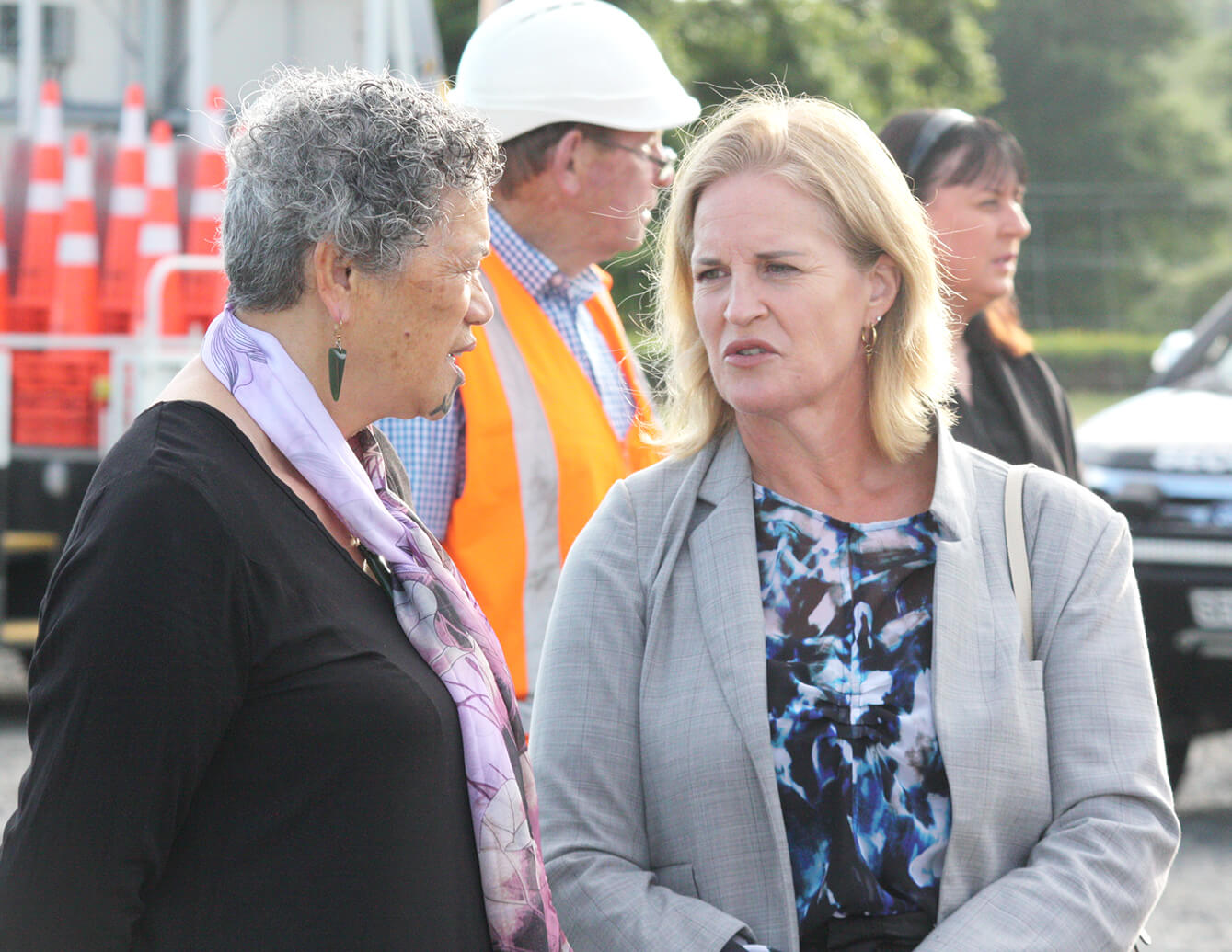
Louise Upston chats to Poto Davies at the turning of the sod ceremony for the improved Piarere roundabout last year. Photo: Mary Anne Gill
When work on the bypass began 11 years ago, NZTA said its construction would improve safety by significantly reducing through traffic and noise within the town.
Since its handover to Waipā District Council, traffic counts in Victoria and Hamilton roads at the St Andrew’s Church roundabout have increased dramatically due to unprojected housing and industrial growth throughout Cambridge and are now at or exceed the traffic levels when it was a state highway.
The News has consistently advocated for on-off ramps, editorialising on the issue more than three years ago after NZTA rejected the need.
O’Regan said she too had met with Bishop and had advocated for the ramps since the Cambridge-Piarere corridor was designated a road of national significance.
“New and proposed developments such as the adjacent sand quarry and expansion of industrial activity at Hautapu are encouraging signs of economic momentum. But they also bring pressure on local infrastructure.”
Waipā cannot manage the infrastructure impacts alone.
“If we’re to support national economic aspirations at the local level, we need central government to step up and back the enabling infrastructure that makes it possible,” said O’Regan.
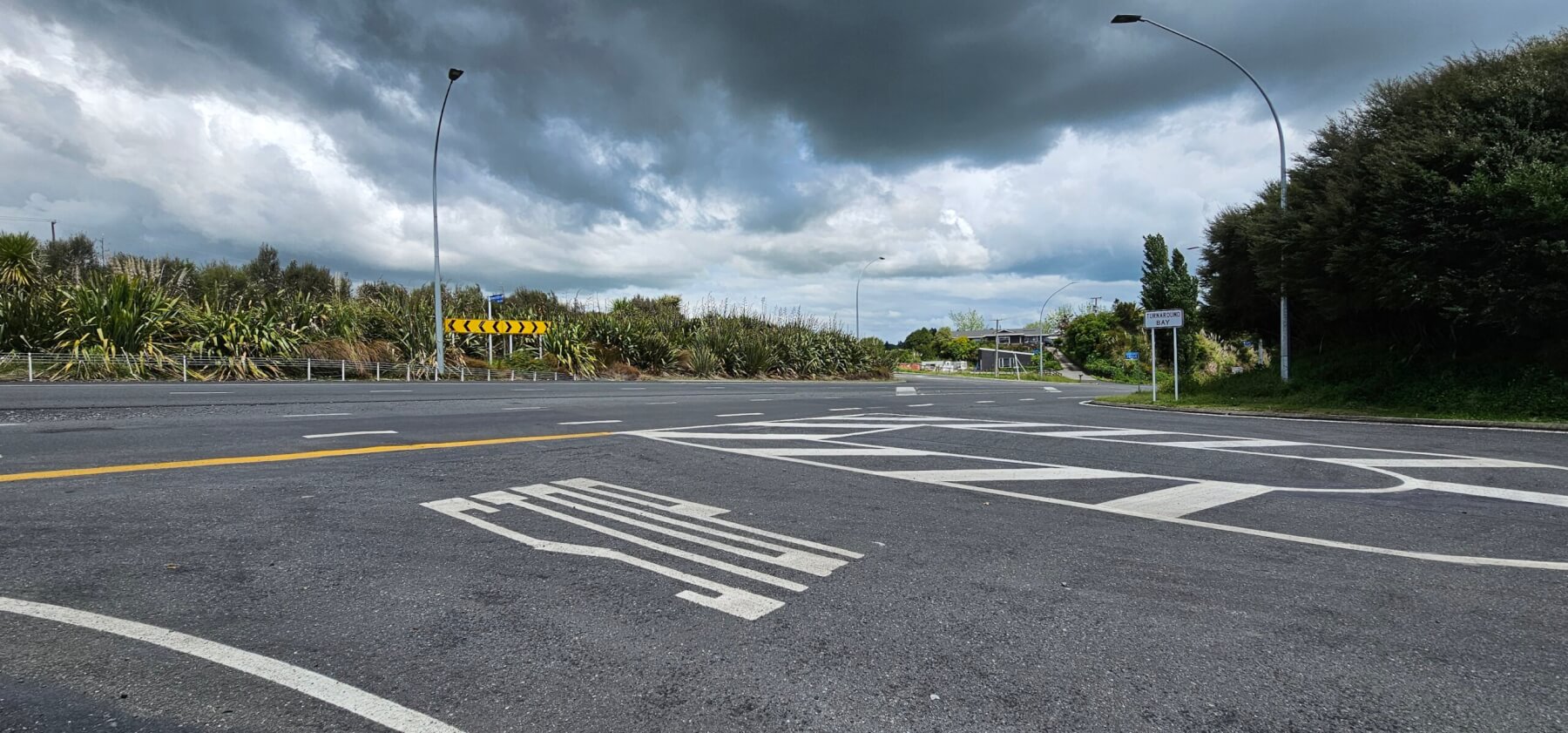
The intersection of Newcombe and Tīrau roads which submitters say does not provide enough sight for truck drivers. Photo: Mary Anne Gill.




